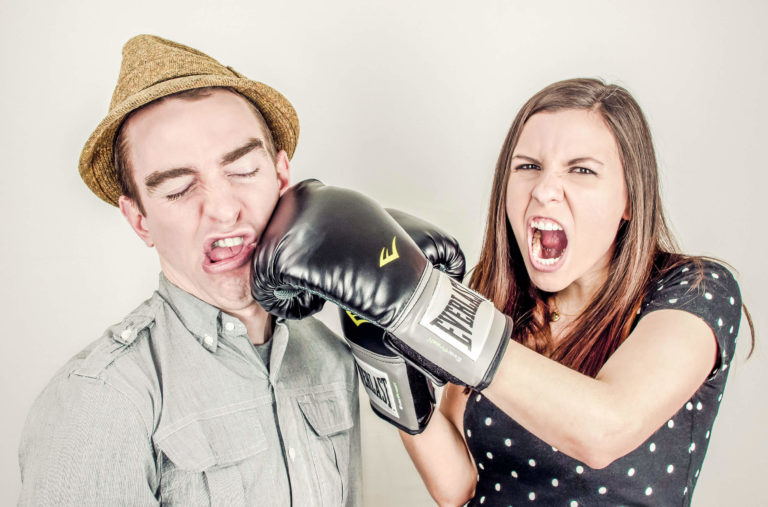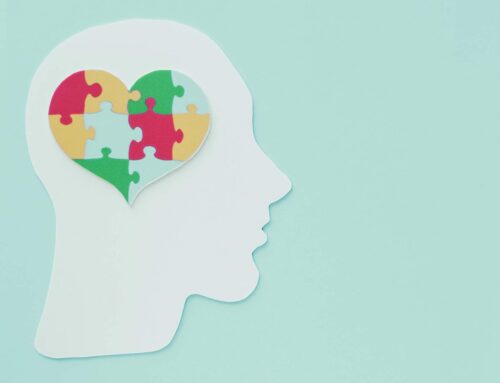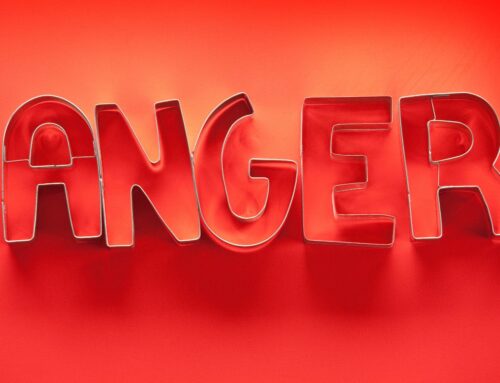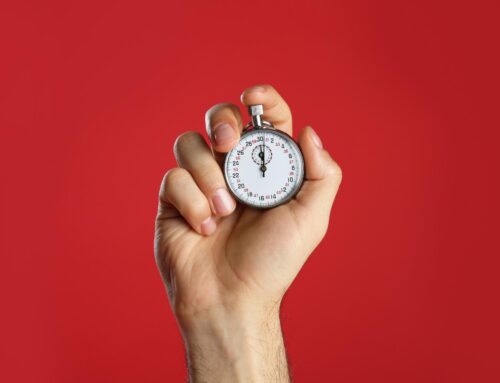Binge Drinking & The Quarterlife Crisis
This post about binge drinking will:
• Provide important information about the increasing prevalence and risks of binge drinking
• Explain why quarter life crisis adults and millennials are at risk
• Help you determine whether you are a binge drinker
Over 16% of adults in the U.S. binge drink about four times a month, having about eight drinks per binge.
And almost 38% of college students between ages 18-22 binge drink. As you know, binge drinking is a common part of the college and graduate school social scene. It’s so common that drinking copious amounts of alcohol in a short amount of time can start to feel normal to people. In my counseling work, I’ve found that many people continue binge drinking into their 30s, 40s, and even older. In fact, research has shown that 70% of binge drinking episodes involve adults age 26 years and older (CDC).
So, what’s the problem with binge drinking?
I’ll address that question below; but first . . .
Why does a quarter life crisis put you at risk for binge drinking?
There are a lot of people in their late twenties who are going through many changes in their lives, like figuring out who they are, attending graduate school, establishing their careers, becoming financially independent from parents, and finding a romantic partner. A lot of them are having real quarterlife crises. When people think about turning 30, they often experience a range of emotions from excitement to fear and can even have symptoms like anxiety and depression.
Change can be both terrifying and liberating. Part of what contributes to a quarterlife crisis is feeling torn between wanting stability and yearning for adventure. Read more about what a quarterlife crisis is here.
On one hand, there are thoughts like:
• What am I doing with my life?
• It’s time for me to start adulting.
• Every decision I make has important ramifications for the rest of my life.
On the other hand, there are thoughts like:
• Carpe diem
• Live a little.
• Screw it.
• FOMO (fear of missing out)
• YOLO (you only live once)
Figuring out how to navigate these competing needs is difficult– emerging adulthood can be challenging. Being in your 20s and 30s is an exciting time of life, but it also can be extremely stressful.
Why Is Binge Drinking So Appealing?
Binge drinking may provide a much-needed escape from quarterlife crisis thoughts and symptoms, and some levity, from all the worrying. It’s an easy, socially acceptable way, especially in college and graduate school, for (emerging) adults to let off steam.
Thus, quite understandably, at a happy hour after work or at a bar on a Saturday night, you and your friends decide to have some fun. . . and you end up binge drinking.
How to Know If You Are A Binge Drinker
Binge drinking, the most common form of excessive alcohol use, is the consumption of a lot of alcohol in a short amount of time, usually with the goal of getting drunk. Sources vary on their definition of how many drinks it entails. The CDC defines binge drinking as 4 or more drinks for women and 5 or more drinks for men, in about 2 hours. SAMHSA defines it as 5 or more drinks on the same occasion, regardless of the length of time.
A standard alcoholic drink is defined as one 12-ounce bottle of beer, one 5-ounce glass of wine, or 1.5 ounces of distilled spirits.
So What’s The Problem With Binge Drinking?
If you are reading this, you probably already know that in addition to some serious short-term regrets, binge drinking causes risky behaviors (drunk driving, unprotected sex) and significant short- and long-term health problems.
Binge drinkers are 14 times more likely to have alcohol-impaired driving
than non-binge drinkers.
Here are some ramifications of binge drinking:
• Alcohol Use Disorder (AUD) and alcohol dependence. To learn more about AUD, read this blog post.
• blackouts and alcohol poisoning
• unintentional accidents, like drowning, falls, and burns
• long-term health problems, like liver disease, stroke, or high blood pressure
• hangover symptoms (low energy, poor concentration, migraines) that can last for several days after the binge
• exacerbates interpersonal conflicts, like when couples argue when drunk (read about these 3 communication pitfalls couples make.)
• undermines your ability to achieve your goals at a critical time in your life and career
References
Centers for Disease Control and Prevention, Fact Sheet, Binge Drinking, http://www.cdc.gov/alcohol/fact-sheets/binge-drinking.htm
National Institute on Alcohol Abuse and Alcoholism, Alcohol Facts and Statistics. https://www.niaaa.nih.gov/alcohol-health/overview-alcohol-consumption/alcohol-facts-and-statistics
National Institute on Alcohol Abuse and Alcoholism, Alcohol Use Disorder. https://www.niaaa.nih.gov/alcohol-health/overview-alcohol-consumption/alcohol-use-disorders
National Institute on Alcohol Abuse and Alcoholism, Alcohol Alert, Young Adult Drinking, http://pubs.niaaa.nih.gov/publications/aa68/aa68.htm
If you’re interested in scheduling an appointment or you’d like more information, please call us at 1-844-QLC-TALK (1-844-752-8255) or email us here








